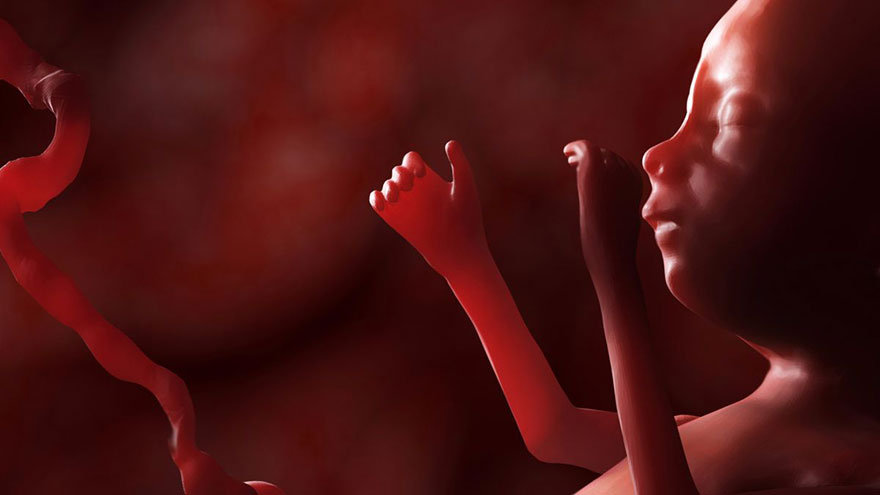Can Twins Hold Hands in the Womb?
Twins holding hands in the womb makes an adorable ultrasound photo, but it’s not one many expectant parents will see. It is possible for some twins to hold hands in utero, depending on whether your twins are in one amniotic sac or two.
Your chances of catching them doing it on an ultrasound, however, are rather low. If it does happen, it’s a random event; twins don’t deliberately hold hands before they’re born.

Identical Twins
Twins come in two types: identical twins, who develop from a single fertilized egg, and fraternal twins, who develop from two different eggs. But the category of identical twins includes several variations, which affect whether or not your twins can hold hands before they’re born.
Most identical twins each have their own placenta and grow within their own amniotic sac. Identical twins who grow within a single amniotic sac, called monoamniotic twins, are the only ones who can hold hands. Monoamniotic twins are rare; fewer than 1 percent of all identical twins grow in the same amniotic sac, according to the Lucile Packard Children’s Hospital.
Fraternal Twins
Fraternal twins always grow in separate amniotic sacs, so they can’t hold hands, because the tough layer of their individual amniotic sacs keeps them apart. Boy-girls twins are always fraternal. Same-sex twins can be either identical or fraternal; often, this can’t be determined until after they’re born. Fraternal twins are more common than identical twins.
Grasping Reflex
To hold hands in utero, your twins must have developed a grasping reflex. The palmar grasping reflex develops around 16 weeks of gestation, during the second trimester of pregnancy, according to a Japanese article published in the 2012 “International Journal of Pediatrics.”
When something brushes against the palm of the fetus, he will reflexively close his fingers around it. If he happens to encounter his sibling’s hand as he moves, he will grasp it.
Risks
The same proximity that allows monoamniotic twins the close contact they need to hold hands also presents a number of potential complications during pregnancy. Around 20 percent of monoamniotic twins die during pregnancy because they don’t have the physical barrier of the amniotic sac between them, according to Dr. Susan Crowe, obstetrician at the Lucile Packard Children’s Hospital.
The lack of a barrier increases the possibility of umbilical cord accidents or compression, when one twin becomes entangled in the other’s cord. Because the umbilical cord carries oxygen to the fetus, compression of the cord can reduce or prevent oxygen flow and cause brain damage or death.
You Might Also Like :: How to Tell Your Boss You’re Pregnant

